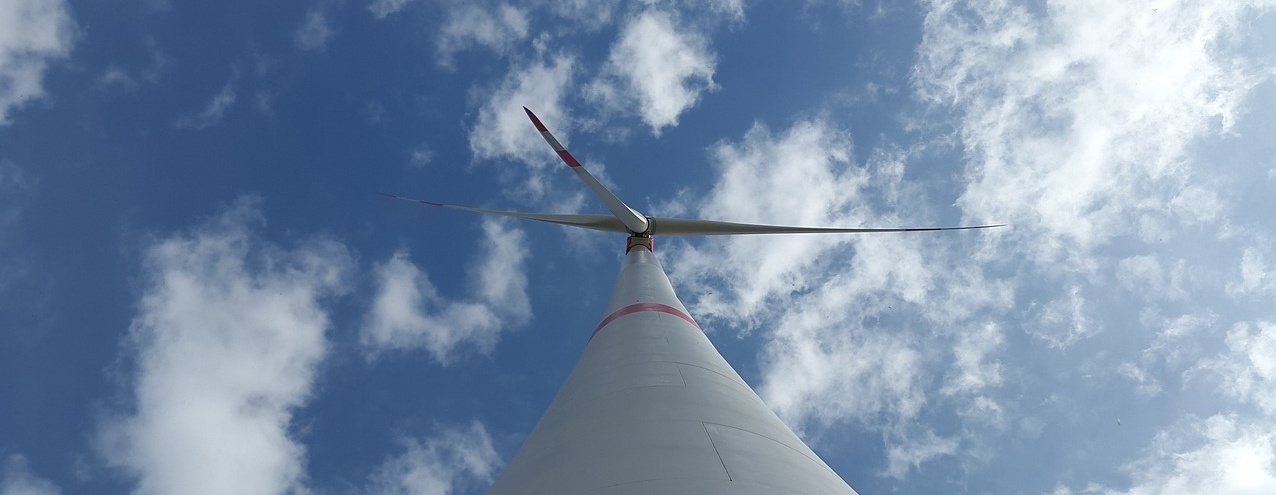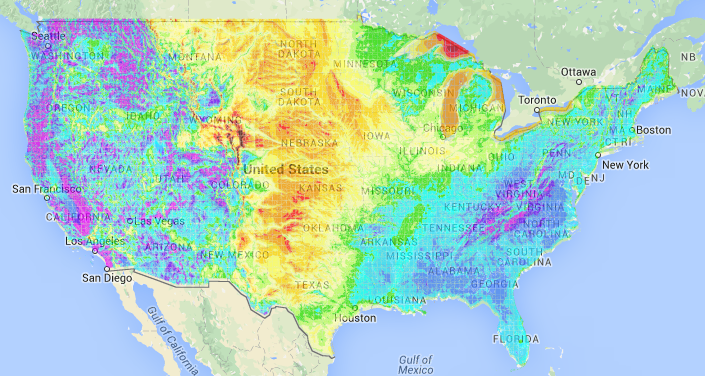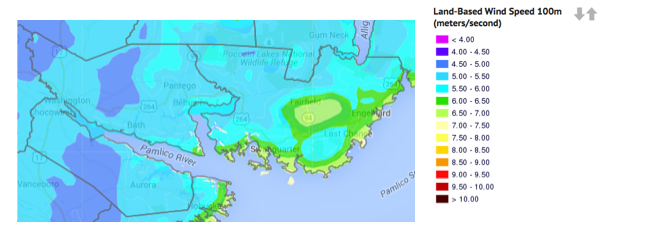
This week we saw news that for the first time natural gas nudged past coal to lead as an electricity generation source in the U.S., Iberdrola Renewables announced a historic wind installation in the Southeast, and the Tennessee Valley Authority beefed up its targets for a range of advanced energy sources in its latest IRP. All in a week’s work for advanced energy.
The data are in, and, for the first time in history, natural gas overtook coal as the top source of electric power generation in the U.S. In April, the top electricity sources were natural gas (31 percent of generation capacity), coal (30 percent), and nuclear power (20 percent). Nearly all of the remaining generation sources were advanced energy: wind, solar, and hydropower. As U.S. News and World Report/Associated Press points out, this move has been years in the making, as the U.S. has become a leading producer of natural gas over the past decade.
The Energy Information Administration (EIA) said in May that it expects natural gas prices to rise later this year, and that generation from coal-fired plants was low in part due to spring maintenance, indicating that this is probably not a permanent change - at least not yet. That said, with many coal-fired power plants scheduled for retirement in the near future, and policy changes on the horizon, we expect that the energy mix will continue to shift toward advanced energy generation sources.
This sort of thinking bears out in the recent release of the Tennessee Valley Authority’s (TVA) 2015 Integrated Resource Plan (IRP). An IRP is a utility’s roadmap to meet forecasted energy demand using both supply and demand side resources to ensure reliable service to customers in the most cost-effective way possible. Today, according to AEE’s PowerPortal, 33 states - either by state statute or regulation - require utilities to file publicly available IRPs or their equivalent with their PUC. Tennessee is not one of the 33 states, but TVA produced an IRP in 2011 with the “vision to be one of the nation's leading providers of low-cost and cleaner energy by 2020.” This week, the TVA released an updated IRP with higher levels of advanced energy sources even more inclusion of advanced energy, making for a “more robust recommendation than was developed in the 2011 IRP.”
TVA’s IRP plans for scheduled retirements of coal plants, upgrades to existing nuclear generation facilities, and an increased investment in renewable energy sources, and includes demand response and energy efficiency. The IRP is also explicitly flexible in terms of advanced energy innovation: “We also recognize that impacts from breakthrough technologies (like a significant advance in energy storage) would be a game-changer,” the IRP states, “and TVA will continue to monitor emerging technology as it develops.”
Finally this week, Iberdrola broke ground on the first large-scale wind farm in the Southeast. The 208 megawatt (MW) Amazon Wind Farm U.S. East is scheduled to go online by the end of 2016. While wind power is becoming commonplace enough that the construction of wind farms barely registers anymore, this is big news for a number of reasons:
- Location, location, location: the Southeast has never seen a wind installation of this, or any, size before. North Carolina has long been a national leader in advanced energy, thanks in large part to the efforts of our state partner, the North Carolina Sustainable Energy Association, and it has attracted huge investments from large tech firms in the form of data centers and installations.
- Amazon Web Services’ involvement: this is a win for customer access to renewable energy, as AWS is partnering directly with Iberdrola. As we’ve reported before, North Carolina is a leader in the drive to provide large customers with access to build their own renewable energy resources. This follows recent news about Amazon Web Services’ planned 80 MW solar installation in Virginia.
- North Carolina is not known for its wind: North Carolina in particular, and the Southeast in general, is not known for high wind speeds. Using the National Renewable Energy Laboratory’s Wind Prospector Resource, it appears that average land-based wind speed for the area in Perquimans and Pasquotank counties, where the farm will be constructed, is between 4 and 5 meters per second at a height of 100 meters. That’s a far cry from the breakneck pace of wind crossing the Great Plains. This installation demonstrates the wind technology is evolving to make wind more viable in more locations.

U.S. Wind Potential Map. Source: NREL Wind Prospector.

Perquimans and Pasquotank Counties, NC. Source: NREL Wind Prospector.
Just how big is the advanced energy industry? Check out the 2015 Market Report by clicking below.
